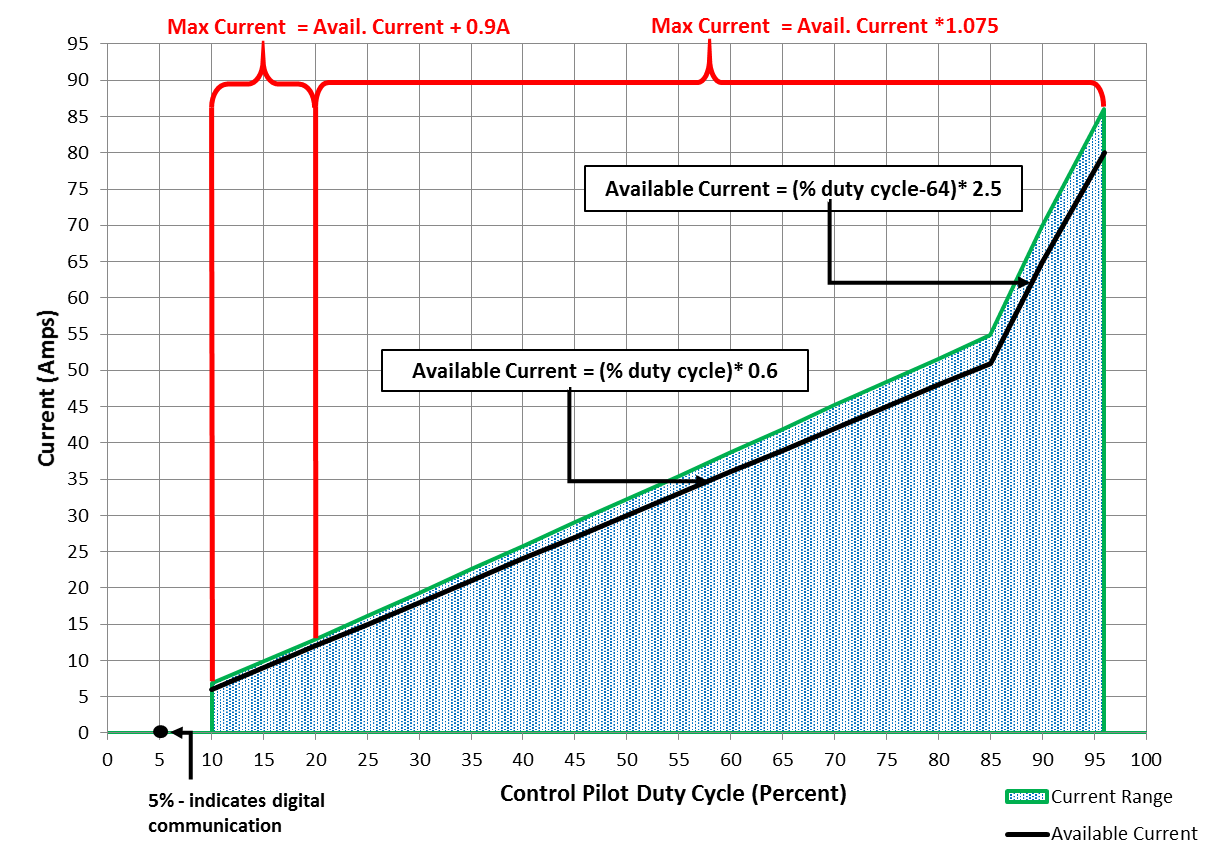Hi, I'm a newbie about EVs and I'm here to ask for a clarification.
After reading some docs about EVs, I learned that there are 4 different charging modes, where each of them specifies voltage and current values during EV charging (so, indirectly, the absorbed power).
For example, I read that in my country, during a slow charge, the EV is recharged by a single-phase supply (230 V) and it will absorb, at maximum, 16 A (so about 3.7 kW).
"16 A" corresponds to the maximum current rating of an household, so I guess that, during EV charging, it's possible to reduce the current which the EV absorbs, so that it is also possible to use, at the same time, some other electric equipment (such as TVs, appliances, ...) without causing an electric overload.
Is it right?
If yes, how the current, during the charging phase, is reduced? "Manually" or is it done by a specific device?
Is there anyone who could clarify me this? Thank You!
After reading some docs about EVs, I learned that there are 4 different charging modes, where each of them specifies voltage and current values during EV charging (so, indirectly, the absorbed power).
For example, I read that in my country, during a slow charge, the EV is recharged by a single-phase supply (230 V) and it will absorb, at maximum, 16 A (so about 3.7 kW).
"16 A" corresponds to the maximum current rating of an household, so I guess that, during EV charging, it's possible to reduce the current which the EV absorbs, so that it is also possible to use, at the same time, some other electric equipment (such as TVs, appliances, ...) without causing an electric overload.
Is it right?
If yes, how the current, during the charging phase, is reduced? "Manually" or is it done by a specific device?
Is there anyone who could clarify me this? Thank You!

